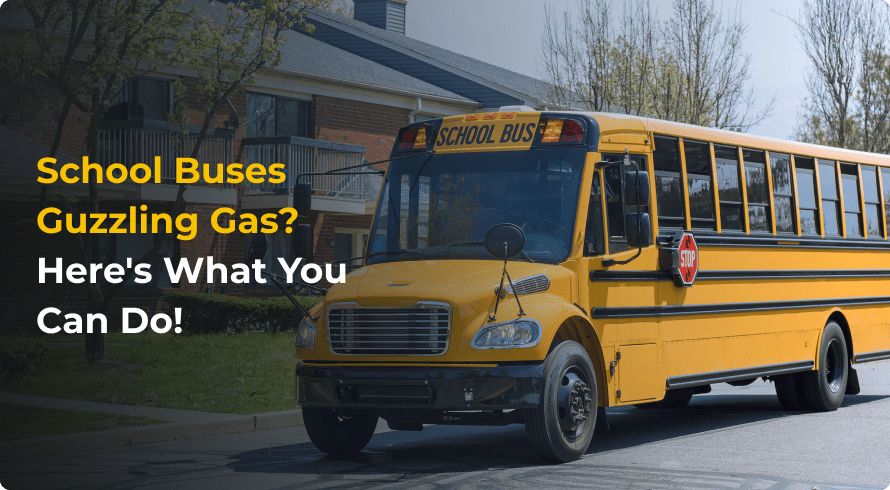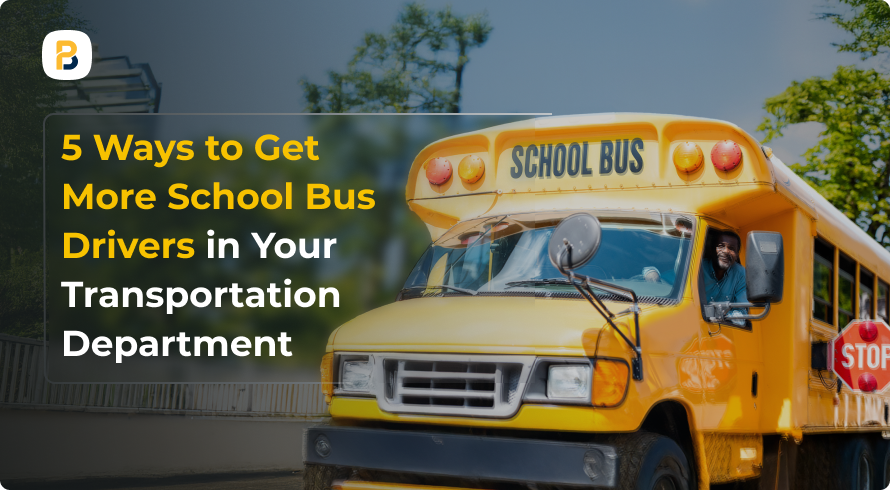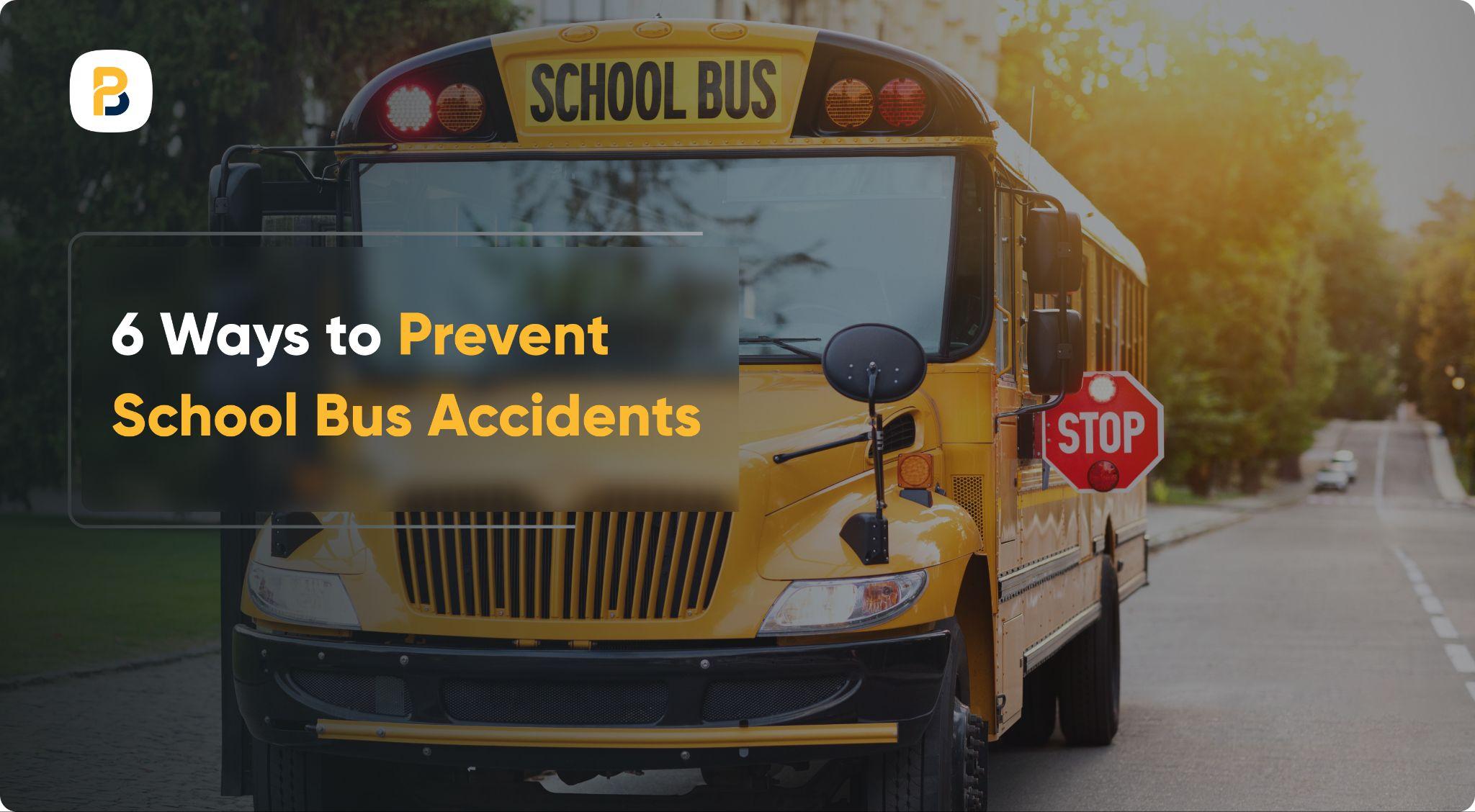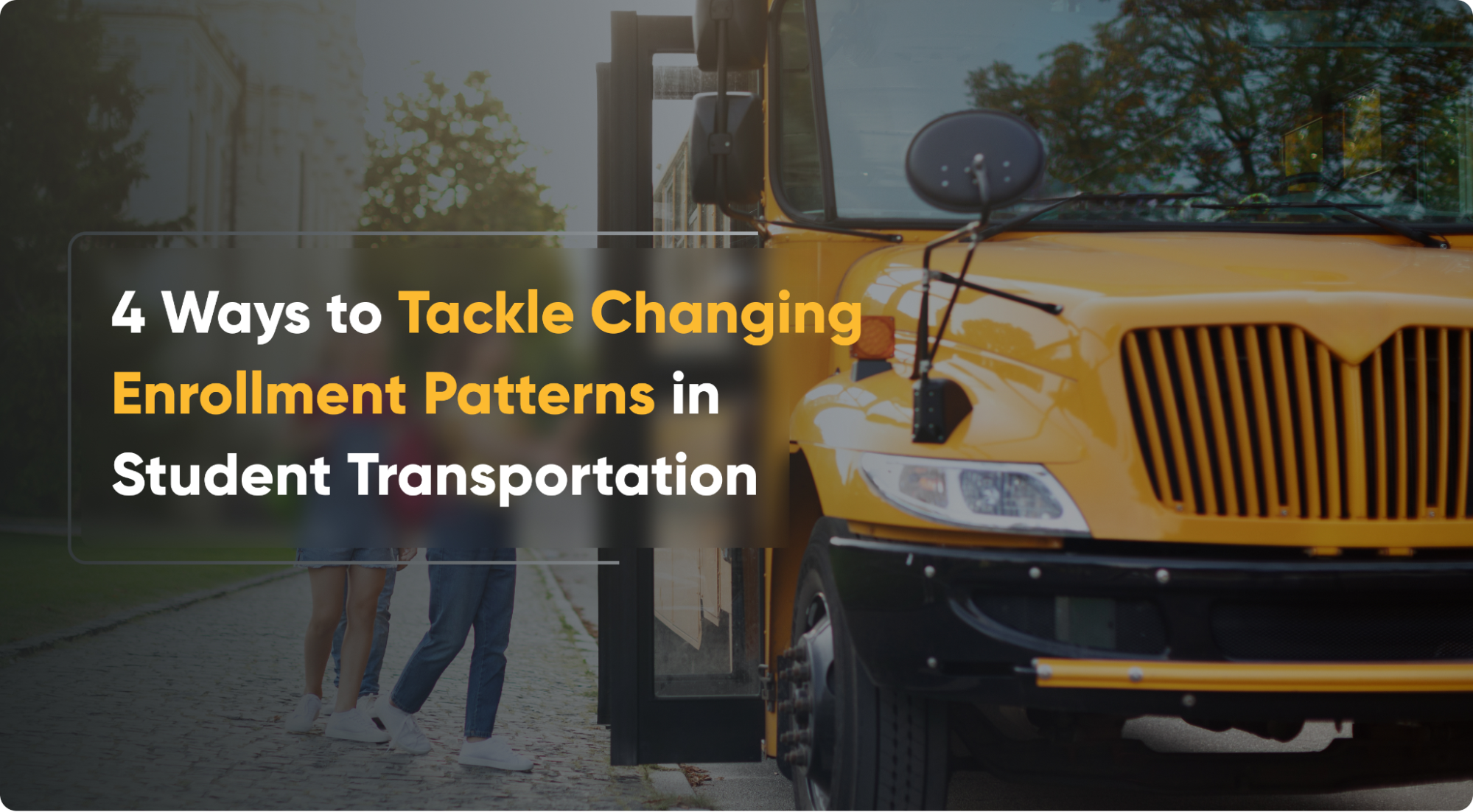Managing a school bus fleet can be a headache if not done right. Gas-guzzling vehicles are known to drive up fuel costs and make matters worse, especially when a tight budget is involved.
The average U.S. school bus gets around 7 miles per gallon and consumes about 1,700 gallons of fuel per year. With approximately 6 billion cumulative miles per year, the cost of fuel and the environmental impact of school buses are undeniable. Here is what you can do to mitigate the issue!
Regular Maintenance
The list of to-dos for a school bus fleet manager is quite long. Maintenance tops the list, as a fleet is nothing without proper technical checks.
- Preventative Maintenance: Regular maintenance tasks, such as oil changes, monitoring fluid levels, and ensuring that brakes and lights are functioning properly, can prevent issues that lead to increased fuel consumption.
- Implementation of Technology: A school bus fleet management software can make the task easier and quicker. From tracking each bus in the fleet to saving costs with maintenance tools and comparing data, the software can reduce gas consumption significantly.
Efficient Route Planning
Nothing can waste more time and fuel than mismanaged routes. A school bus routing software is the answer, as it can significantly reduce costs with several handy tools.
- Routing Optimization: An optimized route can cut down unnecessary mileage and save on gas costs. The software can analyze student distribution, traffic patterns, and stop locations to lay out the most efficient route.
- Save The Environment: It can save on fuel and maintenance costs, and also benefit the environment with lesser emissions.
Train Drivers In Efficient Practices
Driver training plays a key role in every aspect of student transportation. An experienced and efficient driver can lead the change.
- Efficient Driving: Fuel consumption can be reduced if drivers are trained better and encouraged to adopt fuel-efficient habits, including smoother acceleration and braking, speed management, and minimizing idling.
- Targeted Training: Better training programs can improve fuel efficiency and save school administrations a lot more money. This can result in long-term benefits to the transportation department.
Manage Idling Time
Idling time can be one of the main causes of fuel wastage. A typical school bus burns approximately one-half gallon of diesel fuel for each hour it idles.
- Reduce Idle Time: Implementing strategies to cut down idle time, especially by optimizing routes, can go a long way. Additionally, a school bus GPS software can ensure drivers stick to the route and do not make extended stops or breaks.
- Educating Drivers: The men and women behind the wheel need to understand the importance of reducing idling time with the correct information and training.
Explore Alternative Energy
The rise of hybrid and electric vehicles (EVs) has disrupted the transportation world. School buses are also going green with many districts opting for EVs.
- Electric Vehicles Lead the Way: EVs have been a game changer in the industry. It’s reported that electric buses could save $400,000 in fuel expenses and $125,000 in averted maintenance costs. Additionally, it could save the environment in the long run.
- Calculate Costs: A powerful financial planning software for school buses could play a vital role in budgeting the impact of purchasing and implementing EVs in the fleet. School administrators and districts can compare the costs before taking the big step towards a positive change.
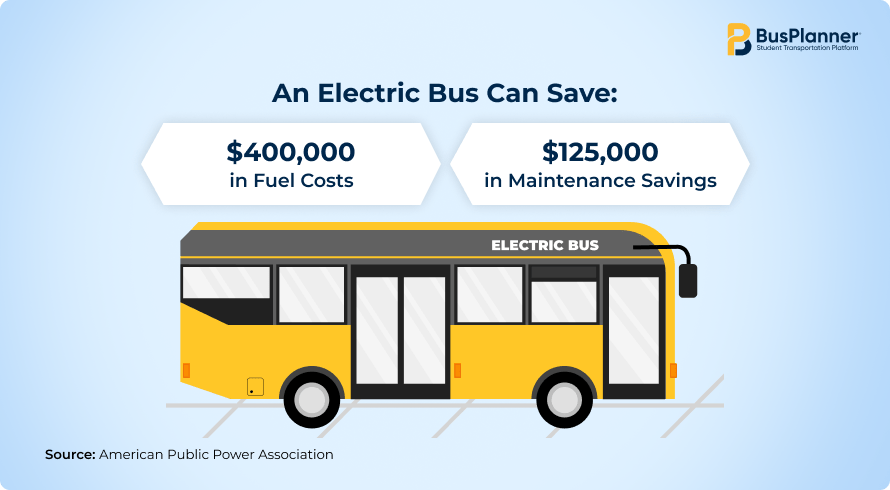
Conclusion
Traditional school buses are gas-guzzlers, especially if they are old. A student transportation platform like BusPlanner can provide several software programs that can change how your school fleet is managed and employed. Improving fuel efficiency can start by taking small steps like optimizing routes and reducing idling times. The major change can come from slowly changing the entire fleet to EVs and using alternative fuels to save long-term costs and reduce the environmental impact.





















